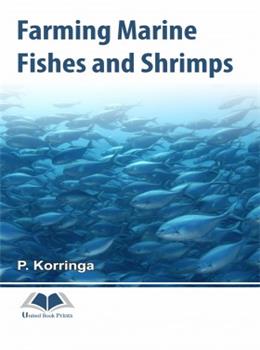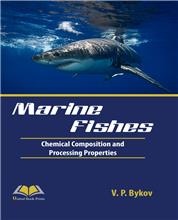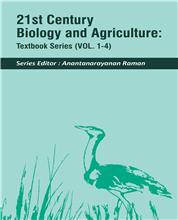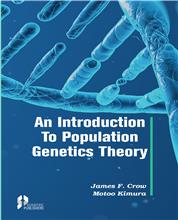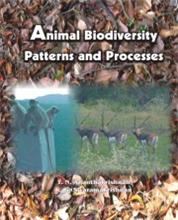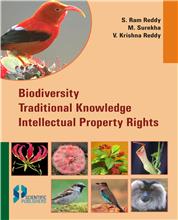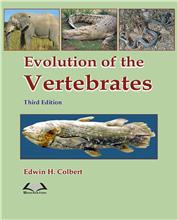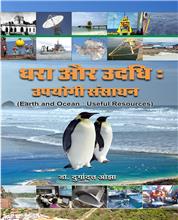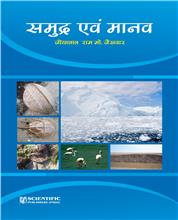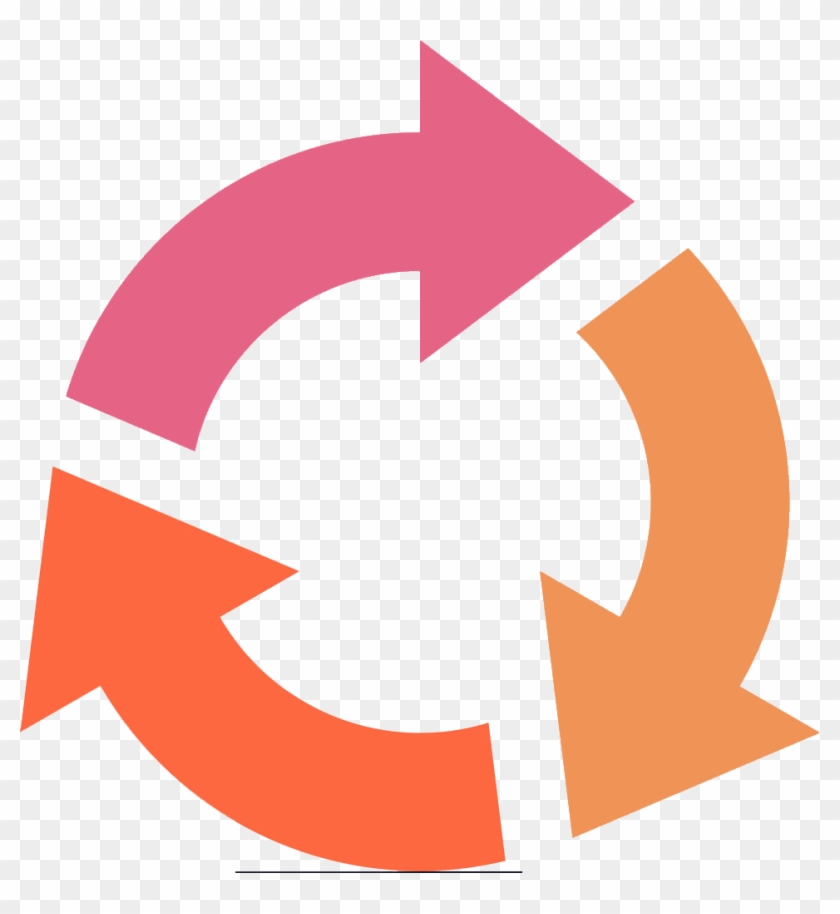If one broaches the topic “farming the sea it is not only the industrial pro duction of molluscan shellfish one has in mind, however important that may be. One rather thinks in terms of switching over from reaping the harvest from the sea, usually consisting of a variety of species, of which only few fetch a high price on the market, to growing a crop of valuable fish ‘or shrimps under controlled conditions and in monoculture: in short, animal husbandry under water. By preference one should grow the fish in dense cul- tures as a bio-industry, comparable with modern-style farming of chickens and pigs.
From an economic point of view, it is not only the overhead expenses for the construction and maintenance of ponds or enclosures, for personnel and electricity, one has to take into account, but also the costs for food - often the decisive factor. If one knows the price one can expect to make for the end product, and takes into account all the overhead expenses plus a reason-able figure for the “normal” mortality rate, one can figure out how much one can afford for food during the entire growth period.
The best chances exist where it concerns a valuable fish which grows fast and can thrive on cheap food.
The carnivorous fishes and shrimps (which also have carnivorous habits) form quite a different category. For good growth they need a fair amount of animal protein in their food, and animal protein is almost everywhere quite expensive, even if one thinks in terms of fish meal. Experience has shown that some valuable species of carnivorous fish are quite fussy in their food preference and require high quality food, often fresh or deep frozen fish, to grow fast and to develop the special flavour appreciated by the consumer. There fore farming of carnivorous fish has much in common with farming of chickens in a modern bio-industry.
Farming carnivorous fish on a diet of species of fish which are also suit- able for direct human consumption (herring, pilchard, mackerel, horse- mackerel, saury) is practised in some countries. One should realize that this means conversion of a large tonnage of low grade fish into a much smaller tonnage of high grade fish. Only rich countries, and those which can export their end-product for a high price, can afford such a procedure. It should be emphasized that such a type of sea farming should not be considered as an industry producing food to appease the hunger of the millions whose diet is too poor in animal protein, since it leads in reality to a reduction of the tonnage of edible animal protein on the market.
The same holds good for intensive shrimp farming. Where one practises ex- tensive farming, at least partly based on natural food, and where one can find or compose rather cheap food, not withdrawn from the market of hu- man food, to administer to the shrimps as supplementary feed, shrimp farm- ing can become an interesting industry, especially for developing countries. Where one feeds the shrimps, however, a high grade food, one makes a luxury product at a high price, which is only acceptable for rich countries which are not short in animal protein.
